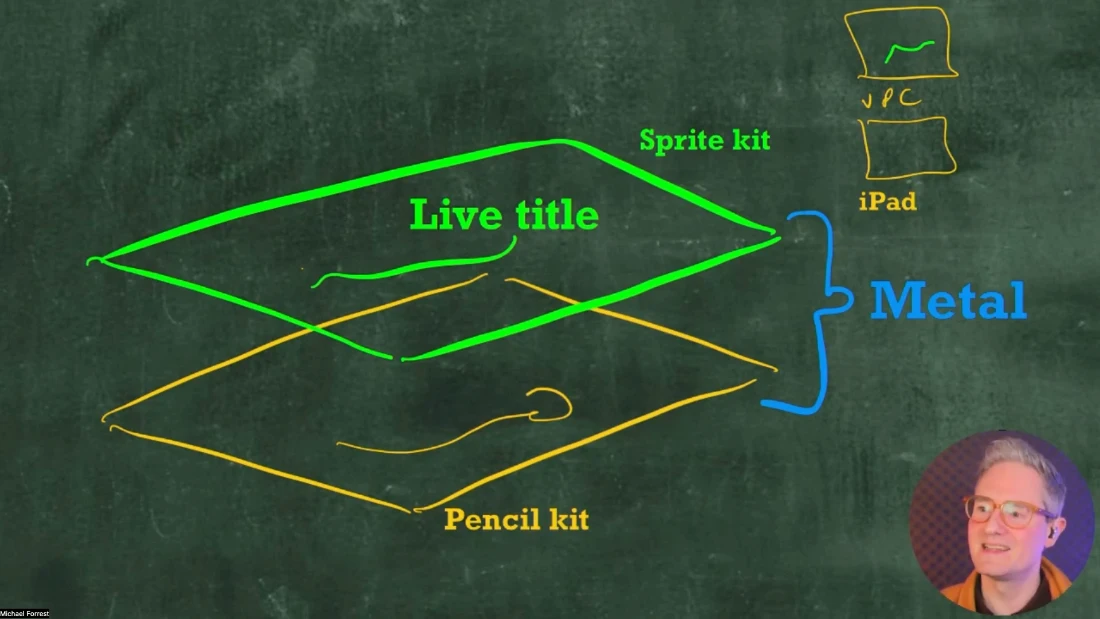Your internet connection 🚦 Remote Video Basics from Squares TV Sent on 11 July 2022 by Michael Forrest
If you’re live streaming or on a Zoom call, nothing is more disruptive than connection problems. Different things can happen but here are the main ones.
I’m Michael and I made Squares TV. It’s just me and my laptop, coding away, recording interviews and writing emails. I thought I’d start by offering some of my experiences with different aspects of remote video. In this short series I’ll go over the five cornerstones you’ll need to consider to get the best possible results.

Hellooo
1. Get good internet (upstream)
Strong internet is vital to good video calls. Most ISP marketing is geared towards your download speed but you need to look at your upload speed to keep problems at bay.
A decent video stream is 3000-5000 Kbps, or 3-5 Mbps. I don’t like dealing with less than 10Mbps upload speeds when I need to live stream.
Your upload bandwidth is shared between all the devices on your network so get as much as you can afford.
Type “speed test” into Google to check your connection. What bandwidth do you have? Do you ever have problems?
2. Use a wired connection

Wifi is great for most things but if you need a stable, reliable continuous video connection, using wifi invites problems.
Every time a device connects to your network, the router stops everything it’s doing to negotiate a new connection, interrupting your video. The more devices on your network, the more often this will happen. It’s particularly bad on hotel wifi as there may be hundreds of different devices coming in and out of range all day.
Wifi tips (if you have no choice)
Sometimes there’s no way to get a wired connection and you’re stuck with wifi.
If you have to use wifi, stay close to your router
The further you are from your router, the more problems you’ll have. If you can’t get any closer, you could try using a 2.4GHz connection instead of 5GHz as this will work better through walls.
Extending your network
The best way to extend your network is with ethernet cables in the walls, but this is not always practical. Here are some things I’ve tried:
1. Powerline adapters
Powerline adapters can extend your network via your home’s electrical wiring. I’ve had mixed results using one of these - when it worked it was great, but then it stopped working for some reason. I suspect that you have to spend a bit more for the best results.
2. Wifi extenders
You can extend your wifi with a box plugged into the wall. Prices vary widely so check which bands are supported (is it only 2.4GHz?) and usability (does it come with an app?).
These range extenders should really only be used as a last resort, if you really can’t just…
3. Get a long ethernet cable
Nothing beats a long ethernet cable. You could end up wasting a lot of money on extenders that either don’t work properly or stop working within a year. That’s not a problem with a cable!
Stay tuned for part 2 in this limited series.
All the best,
Michael Forrest
Director | Good To Hear















